A discursive platform between Cuban-American artists in Miami and their counterparts in Havana
Project Concept
The main thrust of this exchange initiative was to provide a discursive and expository platform for an immersive and intellectually engaging dialogue between Cuban and Cuban American artists and other cultural actors, specifically from Miami and Havana, in an effort to expand an understanding of Cuban art beyond geographic demarcations. To that end, the project was structured as follows:
- In May 2015, a group of Cuban American artists visited Havana (the majority for their first time) and participated in a curated program that exposed them to a range of cultural actors. They visited artists studios, participated in curator-led museum tours, meetings with directors from a host of cultural institutions, as well as, alternative artist-run, independent spaces. An informal program at the Fundación Ludwig was followed by a series of talks, panel discussions and artists presentations at a two-day symposium in Casa de las Américas.
- In April 2016, a similar program took place in Miami with the group of artists and curators living in Cuba. They visited artists studios, museums and cultural venues, toured the heavily Cuban exile section of Little Havana, met with collectors and were hosted by a range of other cultural actors in the city. The program culminated in a two-day symposium at PAMM (Pérez Art Museum Miami). Additional partners for the Miami portion of the program included the departments of Modern Languages and Literatures and the Miami Observatory at the University of Miami.
- A third component includes an exhibition project co-curated by Elizabeth Cerejido and Ibis Hernández Abascal. The overarching impetus is to bring together the artistic production of contemporary artists from Miami and Havana, representing various generations and organized around various themes that will function as points of dialogue or counterpoint. This project is ongoing and is scheduled to be on view at the University of Miami’s Lowe Art Museum in the fall of 2020.
Guiding Ideas
Some of the questions that guided our discussions include: identifying areas of cultural continuities and differences; issues of identity and their manifestation in the visual arts; Cuban art in a global market and in collecting practices; and exploring how opportunities for mutual understanding shape and inform cultural production. Beyond the personal impact this encounter had, the overarching aim was to generate opportunities for the production of new knowledge about Cuban art that problematize narratives about nation and diaspora. The emphasis on Miami for the initial phase of this ongoing initiative was twofold:
- To position Miami as the contrapuntal site (or counterpoint to Havana) in which issues of Cuban cultural production and identity have been generated and continuously redefined.
- To highlight the importance of Miami as a focus for significant cultural production and contemporary artistic practices that have been seldom recognized or exposed in Cuba. The criteria for selecting this first group of artists included Cuban-Americans who have never been to Cuba (or returned if they were born there), traveled there on their own terms or been involved in the cultural sector there.
